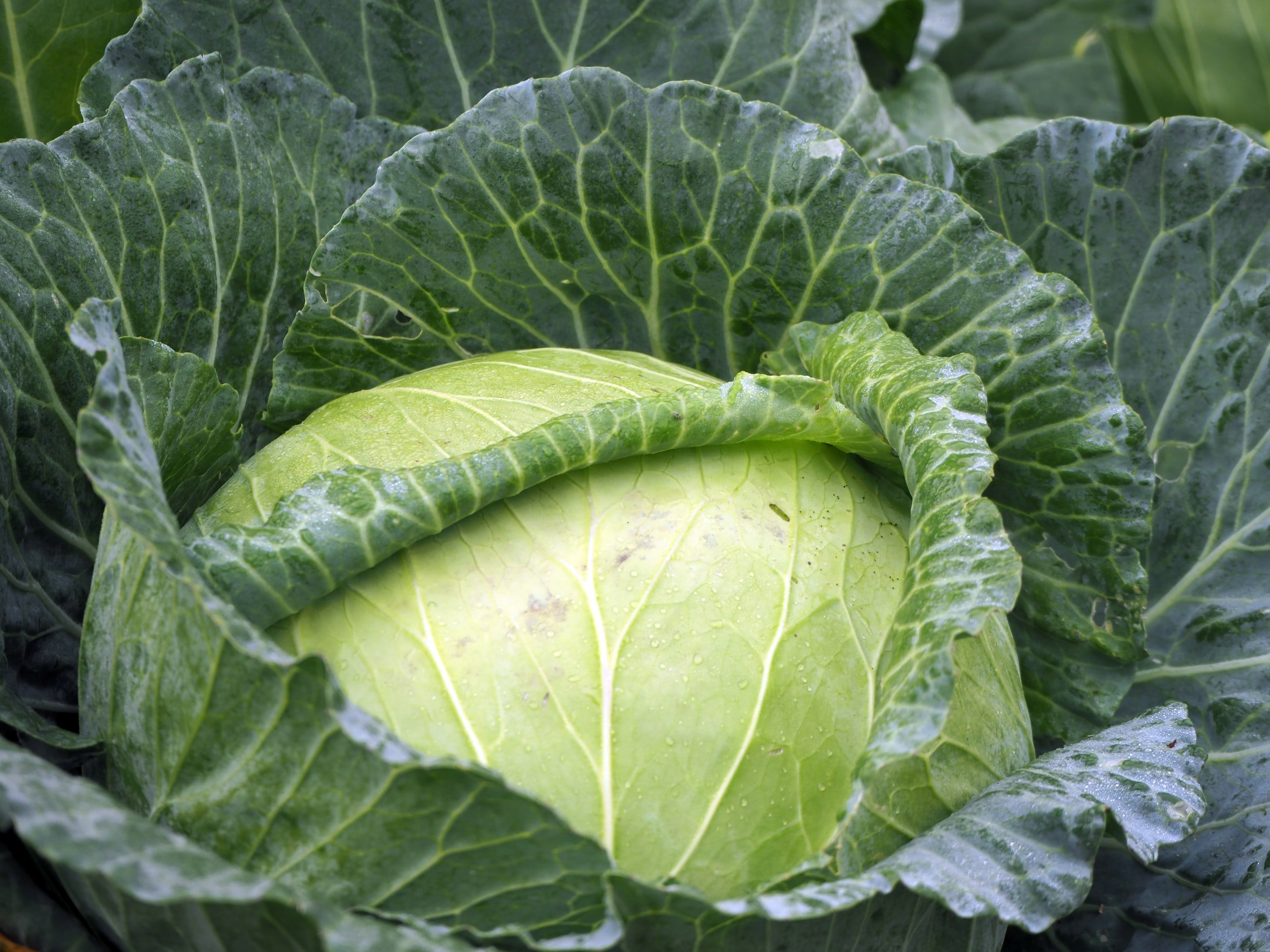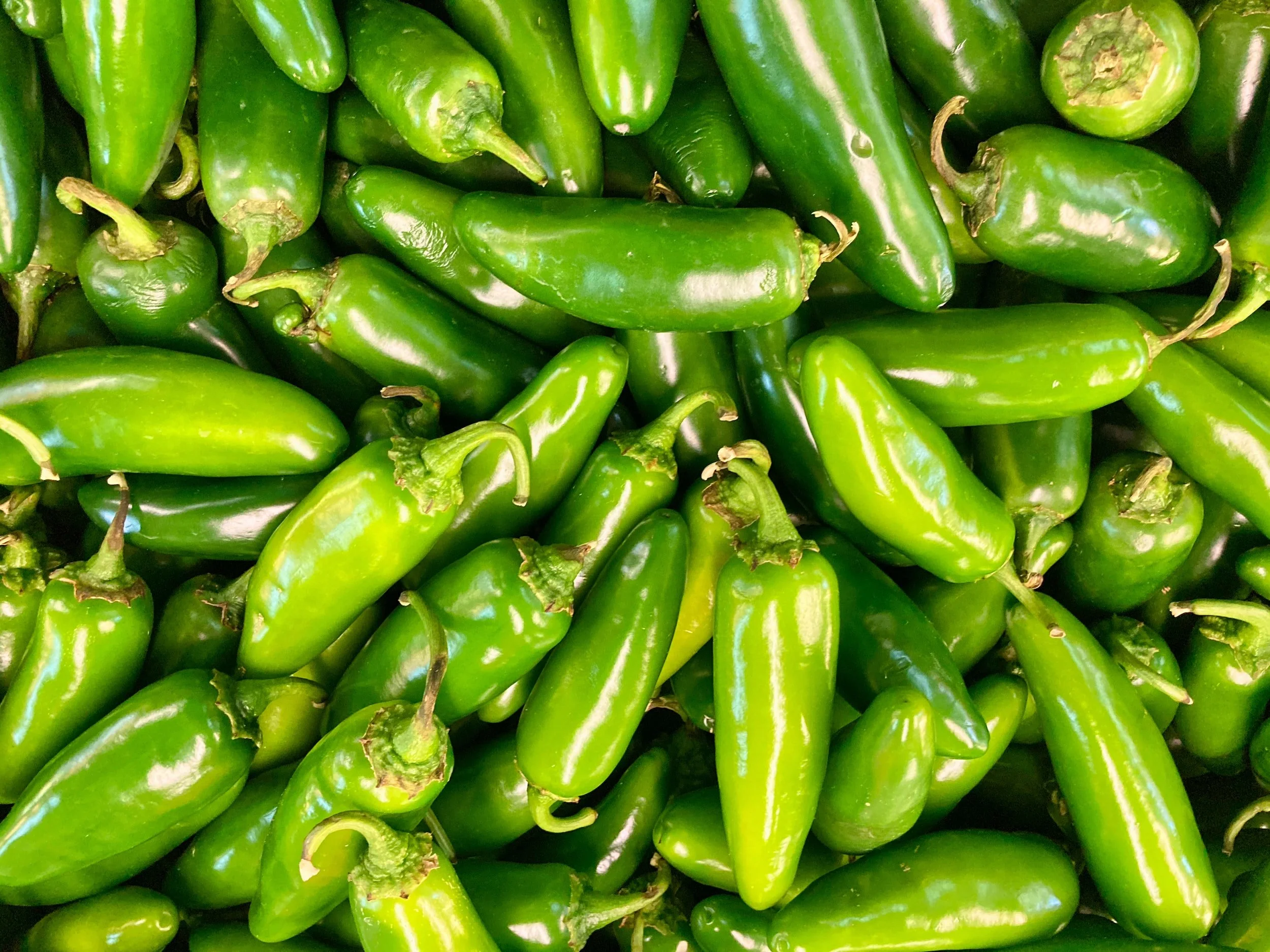Best Texan Vegetables for Fermentation
Discover > Texas Home Cooking > Fermenting > Best Texan Vegetables for Fermentation
If you're looking to add some vegetables to your diet, but don't want to make a meal out of them, a fermented vegetable may be the answer.
Fermentation is one of the greatest ways to preserve vegetables and spice up your diet. The process is less time-consuming than canning, it requires no expensive equipment like a pressure sterilizer. Fermented vegetables are also healthier than frozen or even fresh vegetables.
The benefits of consuming fermented foods, especially delicious fermented vegetables are numerous. They're easy to make and they can make a huge difference in your health.
During fermentation, the vegetable nutrients are enhanced by lactic acid fermentation and become easier to digest. Not to mention the gut-health benefits of more brine probiotics. Best of all, fermentation brings out those nuanced, tangy flavors that you just can’t get with any other preservation method.
And if you're wondering how to eat fermented vegetables, there are plenty of options: add them to your salads or stir-fries; use them as a topping for pizza; or just snack on them plain.
Not all veggies are meant to be fermented, but there are a whole lot of options beyond your own sauerkraut (how long does sauerkraut last?) and kombucha. For starters, keep in mind that it’s best to avoid leafy greens and crops with high chlorophyll content. Some vegetables are also prone to contamination, which can produce dangerous bacterial toxins. Luckily for us Texans, there’s a wide choice of local crops that are just right for pickling. So let’s take a look at the top 10 best Texan veggies for fermentation.
Top 5 Best Texan Vegetables to Ferment
Creating a delicious fermented vegetable dish at home is an art form that requires specialized knowledge. To get started, you need an anaerobic environment, which means using salt water in an oxygen-free environment to keep the vegetables fully submerged. Then, carefully monitor and adjust your fermentation time until it reaches the desired flavor profile and texture. With these tips in mind, you can start to ferment veggies at home with confidence and enjoy all the tantalizing flavors that come with it.
Fermenting veggies is a process that has been used for thousands of years to preserve food and keep it safe to eat. The fermentation process creates lactic acid bacteria (good bacteria), which prevents the growth of harmful bacteria and extends food preservation and the shelf life of your vegetables for months.
The fermentation process can be done with any kind of vegetable—carrots (how long do carrots last?), beets (how long do beets last?), cucumbers (how long do cucumbers last?), or any other veggie you have in your fridge. The only requirement to efficiently ferment vegetables is that all the vegetables should have some natural sugars in them; this gives the lactic acid bacteria (good bacteria) something to feed on while it's working its magic.
Basic Ingredients you need for vegetable fermentation :
- Chopped vegetables of your choice Vegetables submerged later on (Completely submerged)
- Sea Salt (how long does sea salt last?) (Just enough salt per cup of water or you can add more salt if you want to)
- A jar with a tight lid and store at an ideal temperature (We recommend using a mason jar, not just a regular lid and make sure to close the jar tightly)
- Fresh herbs and spices of your choice (Depending on the vegetable recipes)
1. Garlic
Before quinoa (how long does quinoa last?), chaga mushrooms, and turmeric powder became mainstream trends, garlic (What wine goes well with garlic?) was the bonafide king of superfoods. It’s low in calories, packed with nutrients, and full of amazing health benefits. You can add this to any fermented vegetables.
Fermented garlic has been shown to lower cholesterol, reduce the risk of certain cancers, and even help you fight off infections. And if the taste of fresh garlic is too pungent for your liking, a vinegar-based brine recipe will also soften that flavor, making it more palatable.
2. Beans
Beans are easy to grow and most varieties can be harvested as early as Spring. So it’s no wonder that most home farmers end up with a surplus by the end of the season. Unlike canned green beans, which become soft and mushy, fermented vegetables can retain their crispy texture. They also keep that same fresh taste and all the nutrients that come with it.
Snap beans, which come in many colors, tend to turn green (green beans) when cooked or canned. But by fermenting them, you can enjoy yellow, red, and purple snaps all year round.
3. Cauliflower
Though fermented cauliflower (how long does cauliflower last?) isn’t a popular stand-alone dish, it perfectly complements other fermented vegetables. Traditional Texan pickled cauliflower recipes call for some combination of added garlic, carrots, celery, onions, (What wine goes well with onions?) and other veggies.
If you really want your jars to pop, add a small slice of red beet to color the cauliflower pink and add a bit of sweetness.
4. Cabbage
Cabbage is certainly the most iconic fermented crop/fermented vegetables on our list. But shredding it for making sauerkraut is just one of many delicious options. In El Salvador, they pickle Curtido, a mix of fermented cabbage (cabbage leaf) and oregano with a sprinkle of red pepper flakes (how long do red pepper flakes last?).
Making sauerkraut is a simple, yet rewarding process of fermenting vegetables with salt and filtered water. All you need is a container, chopped vegetables, sea salt, and ideally some purified salt water. Start by mixing the salt into the water until it dissolves, then submerge your vegetables in the brine. Place a fermentation weights(glass weight) on top to ensure that all items remain submerged. Allow the mixture to ferment for several weeks in an oxygen free fermentation crock, checking periodically for taste. Once complete, you will have a homemade batch of delicious sauerkraut!
The Haitian version, called Pikliz, combines cabbage leaves with thyme and Scotch Bonnet Peppers - the hottest peppers in the world. Meanwhile, Vietnamese chefs prefer the milder taste of Cai Chua, which is cabbage pickled in a traditional sweet & salty brine.
5. Peppers
Both sweet and hot pepper varieties are great for pickling. Fermentation really brings out the hidden flavors in sweet Bell or Banana Peppers. Meanwhile, the process evens out the spiciness of jalapenos and habanero varieties.
They become even more crispy and develop the kind of tang that made fermented peppers a Southern kitchen staple. And for a quick, authentic home-style hot sauce (how long does hot sauce last?), simply puree a jar of pickled habaneros. Just be careful - even the brine is enough to keep you warm all winter!
5 More Texan Vegetables That Are Perfect For Fermentation
6. Carrots
Nothing ferments faster than carrots. Even if you pickle them whole, the whole process takes less than a week. They are sweet and flavorful enough to lacto-ferment using nothing but water and salt. Alternatively, they can be shredded and fermented with some bay leaf, ginger, and apples for a Texas-style fermented vegetables Carrot Kraut.
We also recommend giving Spicy Carrot Salad a try. Slice your carrots as thinly as possible, and add a single jalapeno, half a lime and a small piece of ginger to each jar. The salad will ferment within 7-10 days and can be refrigerated for up to a year.
7. Cucumbers
The list simply wouldn’t be complete without cucumbers (Just like pickling cucumbers). Cucumis sativus were first fermented in India about 4,000 years ago, which makes them the original pickled vegetable. Today we know that aside from nutrients preserved by fermentation, we also get all the beneficial live cultures present in the brine.
Yet, even though ancient civilizations didn’t know about probiotics, many believed pickles had medicinal qualities. They were a favorite of Napoleon, Cleopatra, and Julius Caesar, among countless others.
8. Red Onions
Even the so-called “sweet” onions are usually too pungent to eat raw. But by fermenting them, you both enhance their health gains and make them much more palatable. With the right brine recipe, red onions will literally taste sweet.
We always recommend the red variety because it boasts the highest levels of quercetin, a powerful antioxidant with antiviral and anti-inflammatory properties.
9. Beets
Fermentation totally transforms the taste and consistency of beets, softening them while bringing out their hidden flavor. Plus, there are just so many pickled beet recipes. You can add 3 cloves (how long do cloves last?) and a stick of cinnamon per jar to make cinnamon sugar beets. Or throw in a few black peppercorns (how long do black peppercorns last?) and two teaspoons of caraway for Swiss pickled beets. And make sure to experiment with different hot peppers and some grape leaves because nothing beats a good jar of sweet & spicy beets.
10. Tomatoes
Tomatoes (What wine goes well with tomatoes?) seem like they’re made for fermentation. Large tomatoes retain their shape when pickled, but only until the moment you bite into them, releasing a wave of savory flavor. Cherry tomato varieties tend to keep their texture. They make a great addition to any salad, other vegetables, and cheese plate.
And when all the tomatoes are gone, the brine can be used to mix homemade cocktails. It’s the perfect ingredient for a delicious Bloody Mary, Tomato Paloma, or Dirty Tomato Martini.
To sum everything up, Lacto fermented foods are foods that have been preserved by the addition of beneficial bacteria. These lactic acid-producing bacteria, preserve the food and gives it a unique flavor. Fermenting vegetables is a great way to preserve food and make it healthier to eat.
Once you've started fermenting food at home, it's hard to go back. Here are just a few of the benefits that you'll experience:
-Healthy gut microbiome flora: Fermenting your own food allows you to control what goes into it and how much of each ingredient is included. This helps regulate the balance of beneficial acids that support gut health, which leads to better digestive system function overall.
-Immune support: Fermenting foods allows for greater production of vitamin c and k2, which help build up an immune system that can fight off illness during cold/flu season or any other time when you might need it most (like during pregnancy).
Fermented veggies should be store at room temperature in a dark place such as a root cellar to preserve nutrients and add complexity of flavor to one vegetable. Utilizing this time-honored tradition is a unique and creative way to enjoy the full benefits of fermenting while also providing delicious, nutritious results that will surely impress.
We hope that this article helped you understand and explore the several factors in relation to nutritional information about fermented foods and the Lacto fermentation of vegetables at home.
That’s all for our roundup of the 10 best Texan vegetables for fermentation. Do you have a brine recipe for fermenting food you’re willing to share? Did you agree with our ranking order of vegetables for fermented food? We’d love to hear from you in the comments. And make sure you click that subscribe button to stay tuned for all our future videos, right here on TexasEats!
Sources:
https://www.foodsafetynews.com/2014/03/fermenting-veggies-at-home-follow-food-safety-abcs/
https://www.asweetpeachef.com/best-fermented-foods/
https://www.alphafoodie.com/how-to-make-pickled-onions/
https://www.healthline.com/nutrition/11-proven-health-benefits-of-garlic
https://www.fermentingforfoodies.com/fermented-beets/
https://fermentersclub.com/brine-drinks/












